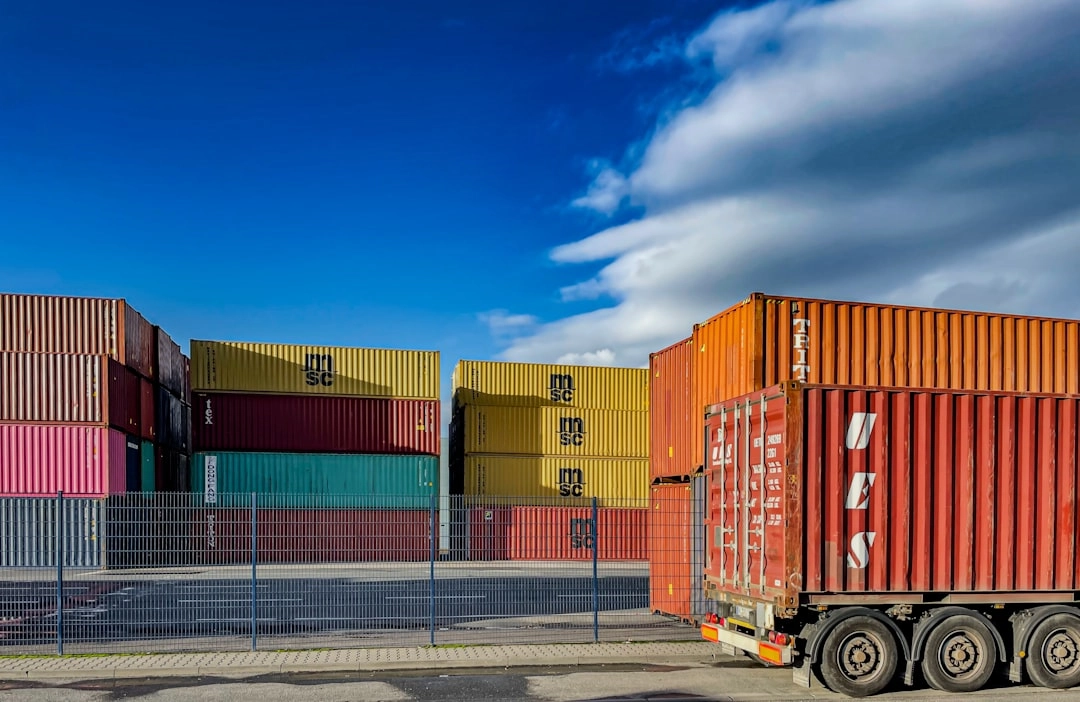
What is the Circular Economy?
The Circular Economy is an alternative economic system that aims to redefine the traditional linear model of “take, make, dispose” by promoting a regenerative approach. It focuses on designing out waste and pollution, keeping products and materials in use for as long as possible, and regenerating natural systems. In a circular economy, resources are managed sustainably, and waste is minimized through recycling, reusing, and repurposing.
Real-World Problems Associated with the Circular Economy
While the Circular Economy presents promising solutions to many environmental and economic challenges, it is not without its real-world problems. Here are a few key challenges associated with adopting and implementing the circular economy concept:
1. Lack of Awareness and Understanding
One major hurdle in transitioning to a circular economy is a lack of awareness and understanding among individuals, businesses, and policymakers. Many people are still unfamiliar with the concept and the potential benefits it offers. Raising awareness and educating stakeholders about the circular economy is crucial to drive widespread adoption.
2. Shifting Mindsets and Business Models
Adopting circular economy practices often requires a shift in mindset and business models. Embracing a circular economy means moving away from the linear approach of constant production and consumption. It requires businesses to redesign products, adopt new manufacturing processes, and implement innovative solutions for waste management and resource recovery.
3. Infrastructure and Technology Limitations
The circular economy hinges on efficient resource recovery and recycling. However, the lack of appropriate infrastructure and technology can hinder effective waste management and recycling systems. Investing in infrastructure for sorting, recycling, and resource recovery is essential for the success of a circular economy.
4. Regulatory Barriers
Regulatory frameworks often lag behind innovative circular economy practices. Existing regulations may not support or encourage the implementation of circular business models or the use of recycled materials. Overcoming regulatory barriers and fostering supportive policies are crucial to enable the transition to a circular economy.
By acknowledging and addressing these real-world challenges, stakeholders can work together to overcome barriers and unlock the full potential of the circular economy as a pathway to a more sustainable future.

Solutions for Real-World Problems in the Circular Economy
To overcome the challenges associated with the circular economy, various solutions can be implemented. Here are a few key approaches to address the real-world problems:
1. Awareness and Education
Increasing awareness and understanding of the circular economy is essential. Education initiatives targeting individuals, businesses, and policymakers can help raise awareness about the benefits of the circular economy and motivate stakeholders to embrace its principles.
2. Collaboration and Partnerships
Building strong collaborations and partnerships among governments, businesses, and NGOs is crucial. These collaborations can help foster the exchange of knowledge, resources, and best practices, and drive collective efforts to create a supportive ecosystem for the circular economy.
3. Innovation and Research
Investing in research and development is important to drive innovation in circular economy technologies, processes, and materials. Developing new technologies and business models can help overcome infrastructure and technology limitations and promote efficient resource recovery and recycling.
4. Policy and Regulatory Support
Governments play a vital role in supporting the circular economy through the development of supportive policies and regulatory frameworks. This includes promoting incentives for businesses to adopt circular practices, setting recycling and waste management targets, and creating regulations that encourage the use of recycled materials.
Implementing these solutions can help overcome the real-world problems associated with the circular economy, paving the way for a more sustainable future where waste is minimized, resources are used efficiently, and natural systems are regenerated.















